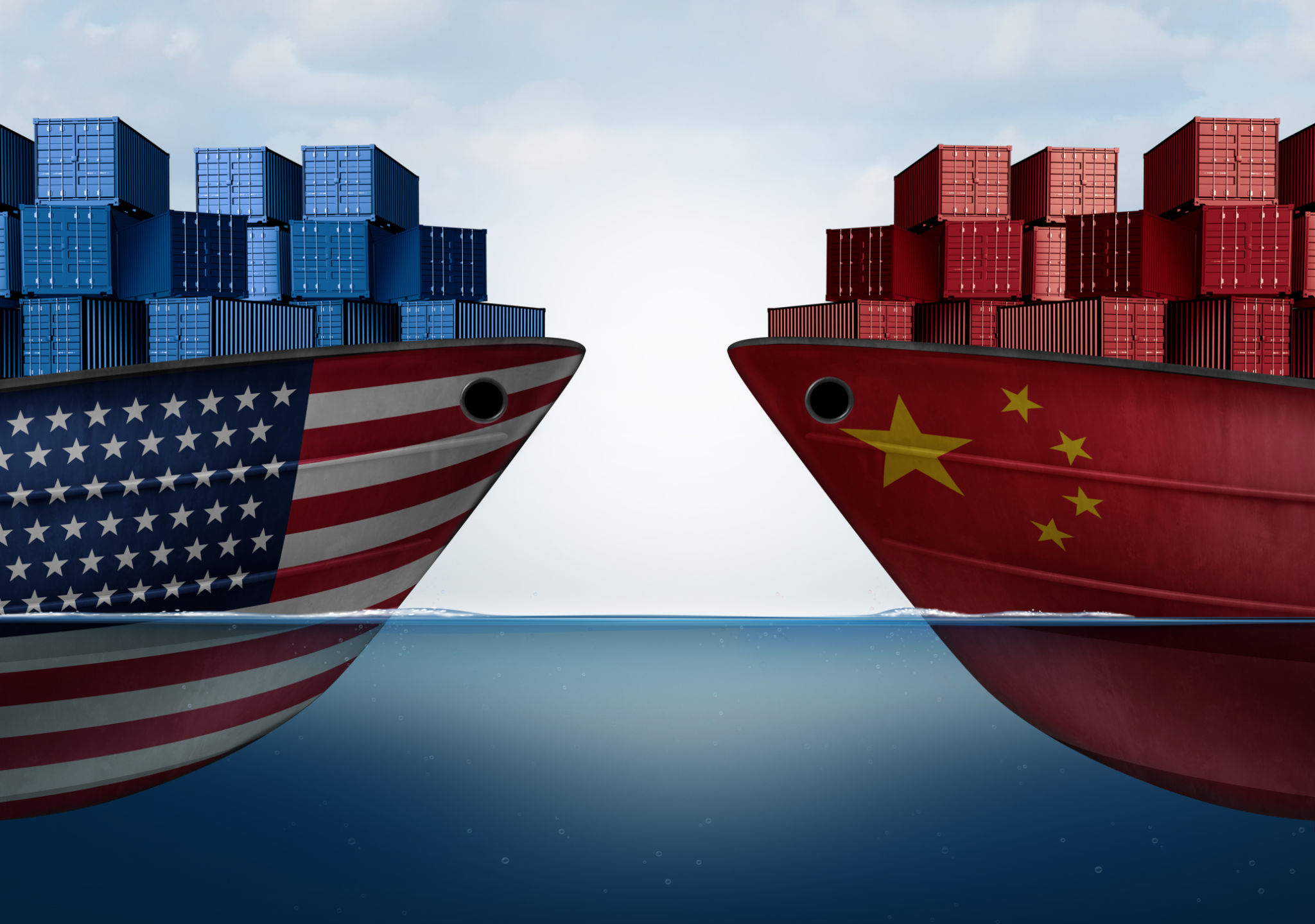Steel, Strategy, and Survival: How CRE Pros Can Navigate the 2025 Tariff Storm
Why New Tariffs Could Break the Construction Industry—and How Developers Can Stay Ahead
Following up on my April 4th post, where I highlighted the looming impact of tariffs on construction, the situation has only grown more urgent. With the Biden administration expanding tariffs on key Chinese goods—including steel, aluminum, solar panels, and EV components—the ripple effect across the U.S. construction sector is already being felt.
For developers, general contractors, and design teams, the implications are real: higher costs, tighter supply chains, longer lead times, and increased project risk.
While many are scrambling, developers who act strategically—and align with the right partners—still have a clear path forward.

Tariffs and the Real Cost of Building
The new tariffs—part of a broader trade strategy aimed at protecting American manufacturing—place heavy duties on Chinese construction materials, industrial components, and clean energy systems. That might make political sense, but on the jobsite, it spells disruption.
- Steel & aluminum prices are expected to rise—again.
- Electrical systems and switchgear—already delayed—are set to be further strained.
- Solar-integrated buildings could face 20–25% cost hikes on materials.
And those rising costs? They don’t stay with the supplier—they cascade down the chain, from GC to subcontractor to owner. And in a market where interest rates, insurance, and labor costs are already squeezing margins, tariffs could be the breaking point.

Architects & GCs: Creativity Meets Supply Chain Strategy
For architects, the pressure is on to rethink material selections. Many are now exploring alternatives to traditional steel and aluminum, including cross-laminated timber (CLT), recycled materials, or regional sources that avoid tariff exposure.
General contractors, on the other hand, must evolve into procurement strategists. The firms best positioned for this moment aren’t just builders—they’re buyers. Those with direct supplier relationships and in-house procurement teams will gain market share simply by keeping jobs moving.
The result? A market where relationships, foresight, and supply chain savvy are just as critical as design and execution.
How Synergy Sourcing Helps Developers Stay Ahead
That’s where Synergy Sourcing comes in.
We don’t just connect developers with contractors. We match them with pre-vetted, financially stable GCs and vendors who have the ability to procure directly, avoid middlemen, and keep projects insulated from volatility.
Whether it’s a multifamily, mixed-use, or industrial build, our partners have proven track records navigating material disruptions—and securing hard-to-source systems at scale.
Working with Synergy Sourcing means:
- Access to nationally recognized GCs with in-house procurement expertise
- Introductions to creative design teams already adapting to material shortages
- Partners who are financially sound, ensuring continuity throughout the life of your project
- Market intelligence from teams operating across Florida, Illinois, and beyond
In an environment where speed to market and cost control are more important than ever, having the right team behind you isn’t a luxury—it’s a necessity.

The Bigger Picture
While tariffs may be a political issue on the surface, their real-world impact cuts deep in construction. For developers looking to stay on budget, on schedule, and in the game, it’s time to rethink your partner ecosystem.
Because the firms that survive the coming wave of material inflation won’t be the biggest—they’ll be the most adaptable.
Want to learn more about how Synergy Sourcing can help you navigate this new construction climate?
Let’s connect.